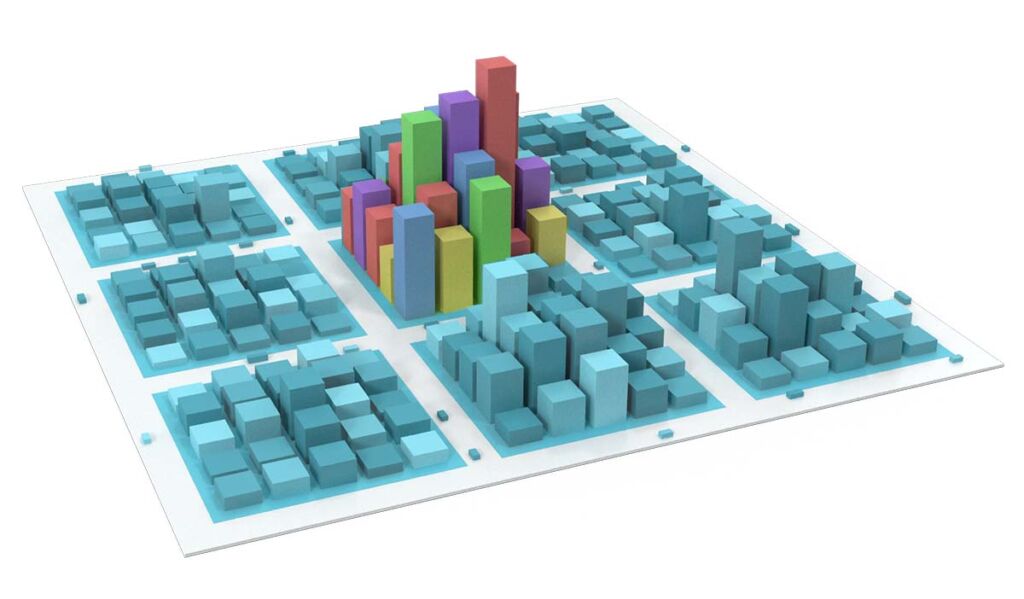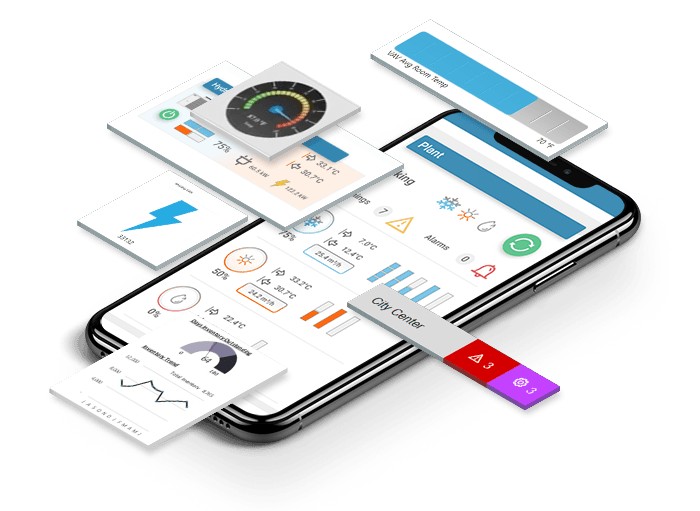Ice breaking in Helsinki!
In the blink of an eye, Helsinki is dodging a blackout, thanks to an invisible conductor: City Information Modelling (CIM), orchestrating a precious urban dance. By integrating data from multiple services – intelligent lighting, waste management systems and water efficiency – this technology transforms everyday challenges into opportunities for innovation. At the heart of this breakthrough is the Digital Twin, the epicentre where theory becomes practice, showcasing a future where the city doesn’t just work; it learns, adapts and thrives.
As in Helsinki one morning in a city that has adopted CIM, traffic lights adjust in real time to optimise traffic flow, reducing waiting times and emissions. Smart buildings talk to each other, adjusting energy consumption based on weather forecasts and current occupancy. This scenario, once part of a science fiction narrative, is now everyday life in a handful of cities around the world, thanks to CIM.

The Gears of CIM in Smart Cities
CIM acts as the nervous system of smart cities, enabling integrated and intelligent urban management that can include technologies that have already been consolidated, such as BIM and GIS. Through detailed modelling of city information, this system allows a complete visualisation of the urban environment, paving the way for more effective management of resources, services and infrastructures. It is a technological approach that creates detailed digital models of cities, combining architectural, geographical and infrastructure data. These models not only visually represent the city, but also incorporate crucial information about urban functioning and management, from traffic flow to energy and water systems. In practice, CIM materialises through software (e.g. City CAD) and platforms that allow city managers, engineers and policy-makers to visualise, analyse and optimise the operation of the city in real time.
For example, in Helsinki, Finland, the use of CIM in urban construction projects has allowed for more efficient coordination between different agents, minimising interruptions caused by works and improving citizen safety.
The power of CIM comes from its ability to integrate various data sources, including IoT, urban sensors, and geographic information systems (GIS), providing a holistic analysis and management of the city. The city of Singapore, for example, uses CIM to optimise everything from public transport route planning to water management, resulting in a significant reduction in commuting times and more efficient use of water.
The impact of CIM extends beyond mere operational efficiency, positively influencing citizens’ quality of life. In Barcelona, the integration of CIM with smart lighting technologies in public areas not only reduced energy consumption by 30 per cent, but also increased safety on the streets at night. In addition, analysing CIM data helps identify urban areas in need of more green spaces, contributing to the well-being of residents.
Future Challenges and Opportunities
, Adopting CIM entails significant challenges, including ensuring data privacy and the need for robust IT infrastructures. However, the opportunities for transforming cities into more sustainable, efficient and liveable environments are immense. Transparency in data management and collaboration between the public sector, technology companies and citizens are key to overcoming these challenges.
A Call to Action
The adoption of CIM by smart cities represents a fundamental change in the way we design and interact with the urban environment. As more cities adopt this approach, it becomes clear that the era of smart cities is not just a possibility; it is a reality in the making. This article serves as an invitation to engineers, BMS technicians, building owners, managers and, indeed, all of us, to actively participate in shaping this future.
How to Be Part of the Change?
Civic engagement: Participate in public consultations and discussion forums on urbanisation projects and technology. Cities often seek feedback from citizens to shape public services and infrastructure.
Education and Training: Take advantage of learning opportunities about CIM and related technologies. Universities and training institutions offer courses that can enable individuals to contribute to urban development.
Sustainability Initiatives: Get involved in local sustainability projects that use CIM technology to improve energy efficiency and resource management. This can range from installing renewable energy systems in communities to participating in smart recycling programmes.
Technology and Innovation: For industry professionals, exploring and implementing innovative CIM-based solutions in construction projects and building management can be a step towards urban transformation.
Useful references
- City Information Modelling: State of the Art – This paper by Zhen Xu and colleagues explores the development of CIM, combining BIM and GIS to create detailed urban models.
- City Information Models (CIMs) as precursors for Urban Digital Twins (UDTs): A case study of Lancaster –It analyses the Lancaster CIM as a basis for Urban Digital Twins, focusing on technical training, data acquisition and stakeholder involvement in urban planning.
WiseBuilding® is technically qualified to support any project that includes the integration of GTC/SACE, IoT, automation and energy management systems. Contact us.
WISEFRAMEWORK is a BACnet B-AWS certified software solution for state-of-the-art integration, control, management and visualisation in building automation systems. Designed to redefine the way buildings are operated through an open platform and seamless harmonisation between building-generated data by supporting multiple protocols including BACnet, Modbus, KNX, OPC-UA and MQTT. Through the use of Haystack technology, the software also empowers the building for the future at the forefront in the integration of the various technical systems.


